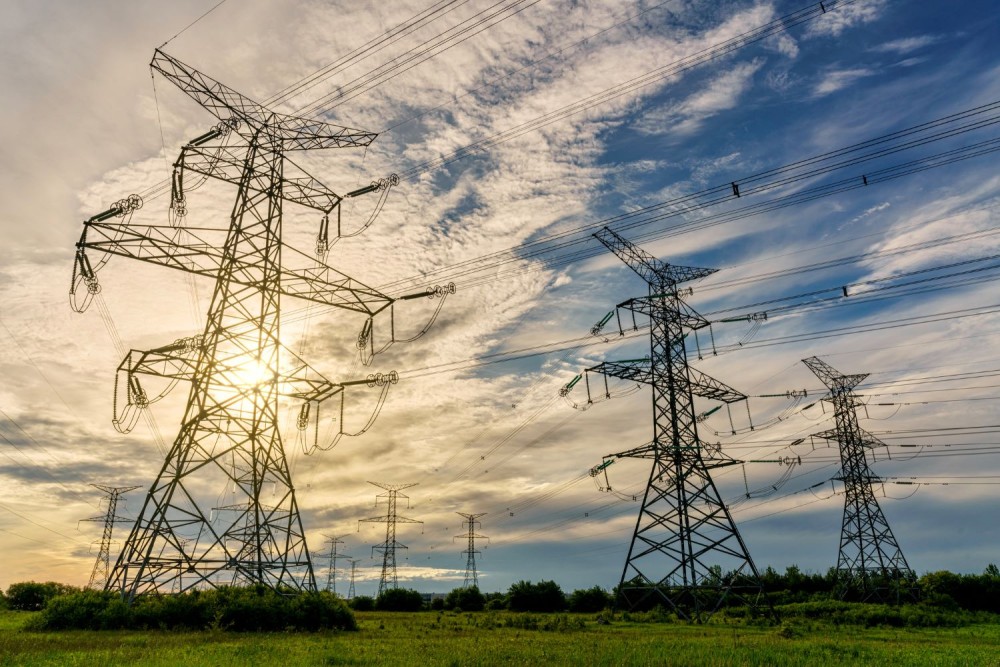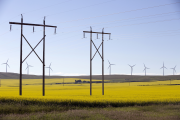Ontario licence plates are boldly emblazoned with the slogan “A Place to Grow.” In the early stages of the energy transition, Ontario has been just that, attracting significant industrial investment due to the province’s clean energy advantage. However, increasing reliance on gas generation to meet rising demand is jeopardizing the province’s reputation as a clean energy powerhouse.
In 2022, 10% of Ontario’s electricity generation came from natural gas, marking a 25% increase from 2021 levels. Continued reliance on natural gas power plants to meet rising demand could more than double the province’s electricity emissions by 2028. This could dampen investment from the clean technology manufacturing sector and industry looking to operate on clean grids.
However, there are other ways for the province to keep pace with growth while maintaining its reputation for low electricity sector emissions. With careful forethought, the Government of Ontario, the Ontario Energy Board (OEB), and the Independent Electricity System Operator (IESO) can modernize the provincial grid and enable technologies and approaches that will help meet rising electricity demand without compromising the province’s clean energy advantage.
Strategies for today
Ontario has been a long-time leader in Canadian electricity sector innovation, but the province still lacks a net-zero target. Committing to an emissions reduction target that aligns with the earliest possible achievement of a net-zero emissions electricity system and defining interim steps will provide strategic direction for the OEB and the IESO. This direction is needed to build a shared vision of Ontario’s electricity system and align all system actors toward provincial energy goals.
As Ontario works to meet growing demand, updating electricity regulations can support innovation by allowing the OEB and the IESO to better integrate and value new technologies for a modernized, resilient grid. For example, considering grid needs beyond a five-year rate application cycle allows utilities a longer timeline for innovation, and integrating lessons from successful pilot projects into regulatory operations supports grid responsiveness to evolving electricity needs.
Emissions reduction commitments and changes to the rate-application process are low-cost, high-reward actions that can be implemented almost immediately while the province works towards realizing strategies with longer lead times.
Strategies for tomorrow
While certain regulatory updates can be enacted immediately and will kickstart the grid modernization process, others will require longer timelines and significant changes to legislative and regulatory structures. Proactive innovation will help the province anticipate change, deliver lasting impacts, and realize economic benefits that only deep-rooted regulatory reform can bring.
Interjurisdictional collaboration is one such opportunity for Ontario to bolster grid resilience and help the province achieve its clean energy goals. Coordinating with neighbouring jurisdictions and expanding grid intertie capacity opens opportunities to better use existing assets, improve economic efficiency, and accelerate the adoption of renewable energy generation. Ontario has already made some progress in this regard through trade agreements between the IESO and Hydro-Québec, with system operators trading electricity during the provinces’ respective peak consumption periods, allowing for optimal use of existing generation without increasing costs for ratepayers.
Encouraging innovation by updating the province’s utility remuneration model would also help promote efficiency and improve cost effectiveness. Creating a business case for utilities to invest in grid optimization and energy storage will kickstart development that enables Ontario to generate, store, and deliver cost competitive, zero emissions electricity to ratepayers and industry for years to come. It will be critical for these new remuneration models to align with provincial energy plans and assist in achieving the province’s clean energy goals.
Ontario is at the forefront of Canada's grid modernization. However, the province is now at a crossroads. Strategic regulatory reform will help Ontario harness existing and future innovation to meet tomorrow's demands while maintaining the province's reputation of today as a clean energy powerhouse. Modernizing regulatory structures is a logical step towards decarbonizing the electricity grid and supporting Ontario's continued growth.










